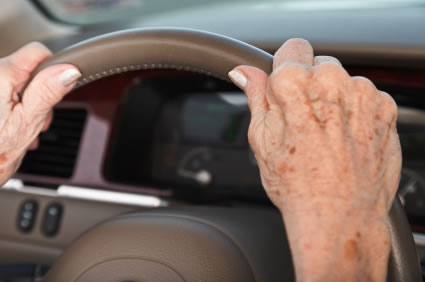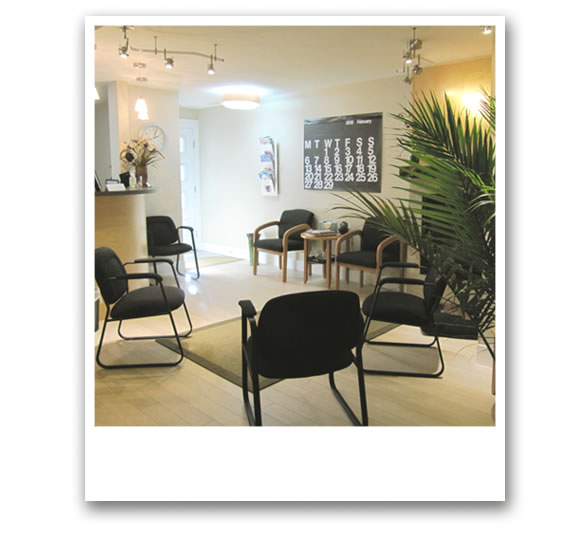
Nearly two in three youngsters underestimated the unit content of their drinks
Image: istockphoto
Anew University of Sussex-led study reveals that many young people do not have the knowledge or skills to keep their drinking within guidelines on sensible consumption.
According to research led by Dr Richard de Visser, a senior lecturer in psychology at Sussex, young people are highly likely to underestimate their own consumption of alcohol units, even if they have some knowledge of government guidelines.
The study, which is published in Drug and Alcohol Review, involved surveying 18 to 25-year-olds about their knowledge and beliefs about safe drinking. The participants were then asked to pour their “usual” measure of a drink (wine, beer or vodka), followed by what they believed to be a “unit” of that particular drink.
The researchers found that the “usual” drinks were substantially larger than one unit, as set by government guidelines, with nearly two thirds of participants underestimating the unit content of the drinks they had poured.
In the survey, which tested knowledge of the government’s guidelines about alcohol consumption, fewer than half the respondents gave correct responses to five of the seven questions, although most were able to correctly state the recommended daily units for men and women.
“Our results indicate that young people tend not to possess the knowledge and or skills required to drink alcohol in accordance with government guidelines,” says Dr De Visser. “Using drink-pouring tasks as part of this education could promote better understanding of alcohol units and more accurate reporting of alcohol consumption.”
However, he acknowledges that the success of getting the message across to young drinkers depends on how motivated they are to take in the information.
“Many other studies have shown that young people are less concerned about the health issues of drinking and more interested in the pleasure it gives them. Moderation and restraint runs counter to the contemporary cultural emphasis of excessive and conspicuous consumption.”
Source: University of Sussex
Further reading: The UK government’s guideline for “sensible drinking”



 To break up the space we hit upon the idea of this lovely woven screen. It maintains the light and airy feel and provides a nice barrier between the waiting room, therapy rooms , bathroom and kitchen space.
To break up the space we hit upon the idea of this lovely woven screen. It maintains the light and airy feel and provides a nice barrier between the waiting room, therapy rooms , bathroom and kitchen space.
